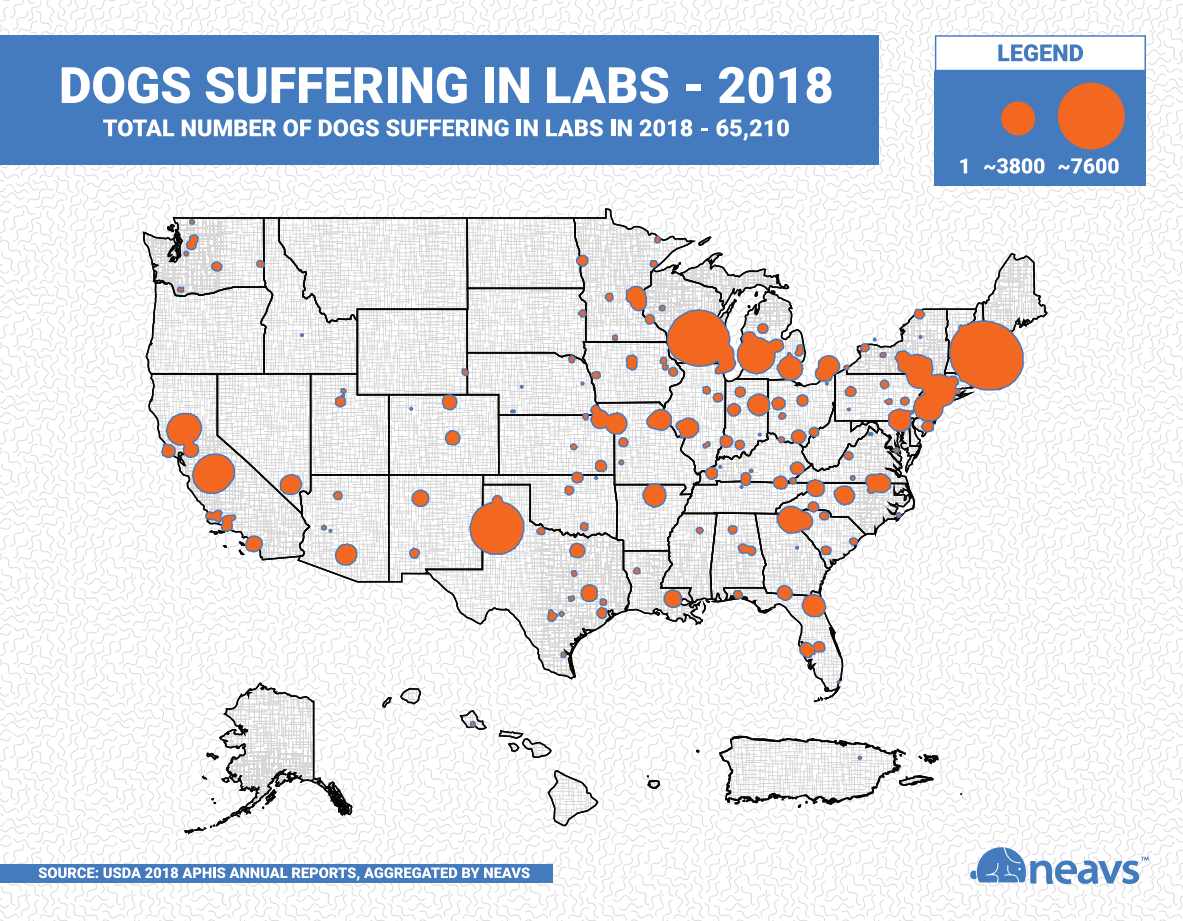A young graduate student in Pennsylvania experimented on 24 dogs in the basement of Temple University. We got our hands on her dissertation. You have to see what she published:
“I’ll miss the silly moments the most,” she said, thanking her lab partners.
Were these “silly moments” before or after she severed the spinal roots of dogs?
She was interested in learning how to restore bladder function in humans with spinal cord injuries—research she could have conducted without animals. Instead, she cut off dogs’ tails and implanted electrodes in their bladders.
She acknowledged a mentor who inspired her to “embrace the challenges of surgery,” which she grew to “enjoy with each passing procedure.”
Did she enjoy restraining the dogs? Inserting catheters into their bladders? If a dog could no longer urinate on its own because her team had damaged its spine so badly, they had to press on the dog’s bladder, forcing the urine out.
Of the same mentor, she added, “… I enjoyed his dad jokes more than I like to admit.”
One dog, called only “Number 10,” suffered kidney and bladder stones. They killed the dog before the experiment was over. Later, they euthanized the rest of the dogs. It’s horrific and not at all funny.
Ultimately, she named her dissertation, “To Pee or Not to Pee.” (We are not joking.)
Friends, this is NOT SERIOUS SCIENCE. It’s the sick, sad truth of dog experimentation in the United States. And it’s happening more than you think.
DOG EXPERIMENTS BY THE NUMBERS
Americans love dogs. We welcome 89 million dogs into our homes.
That’s why it’s shocking to learn that dog experimentation is legal and common.
Every year in the United States, approximately 59,000 dogs are used in research and testing or trapped in facilities to be bred, with their puppies lost to cruel experiments.
While the number of dogs used in experiments is down nearly 40% from 1991, that number has increased for the first time in decades—up since 2017.
6 FACTS YOU NEED TO KNOW ABOUT DOG EXPERIMENTS RIGHT NOW
1. Most dog experiments take place at colleges and universities, with big numbers on the East Coast and Midwest.

In 2018, dogs were held at 330 physical locations in the U.S. Most (62%) are colleges and universities. The average facility with dogs houses 197 dogs.
2. Dogs are intentionally put in a state of pain at 75% of these facilities.
At 75% of the 330 facilities doing dog experiments, dogs are in enough substantial pain that experimenters must make some gesture toward pain relief. Sometimes this is trivially small, such as aspirin for a massive head wound. Sometimes experimenters euthanize the animal after the pain experience and call that pain relief.
At sixteen of these 330 locations, significant pain is involved but NO pain relief or sedation is offered because it might “interfere” with the experiment’s results.
3. Beagles suffer the most.
“Most of the dogs used in research are beagles due to their convenient size and docile nature.” —National Institutes of Health, which funds more than $18 billion in animal experiments each year.
4. Dog experiments don’t work.
Most dogs are used in preclinical research—like toxicity testing of drugs, chemicals, vaccines, and other consumer products. Because canine physiology and anatomy differs so dramatically from humans, these tests do not lead to effective results for people.
DANGEROUS FAILURE: A 2016 French experiment tested a product on dogs, and when no problems emerged, researchers tested the compound on humans. One of the five human volunteers died, and the other four were left with severe neurological damage. This is an example of a species-dependent study—humans reacted differently than dogs.
5. It’s a long fight—and we’re winning.
For years, animal rights organizations have pushed for important victories to end dog experimentation.
1983: US MILITARY ENDS “WOUND LABS” ON DOGS, banning cruel medical exercises where military personnel shot, stabbed, and burned dogs to practice administering aid.
1983: PESTICIDE TEST PROGRESS made, with year-long chronic-toxicity tests on dogs no longer required in the United States
SINCE 2014: MANDATORY ADOPTION laws enacted in nine states, requiring that dogs used in medical experiments are adopted out instead of euthanized when the experiment ends. Check out our Confidential Adoption Partnership Program.
6. Breeding dogs for experimentation is big business.
The cruelty of animal testing starts before these animals even arrive at the laboratory. I’m referring to the for-profit breeding facilities the animals were first born into. It’s a secretive, big business. And I think you will be shocked at what we found.
